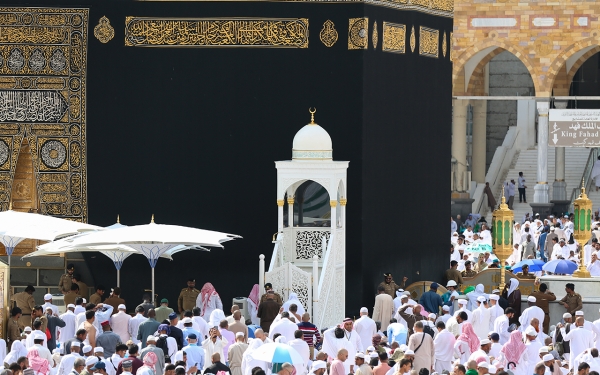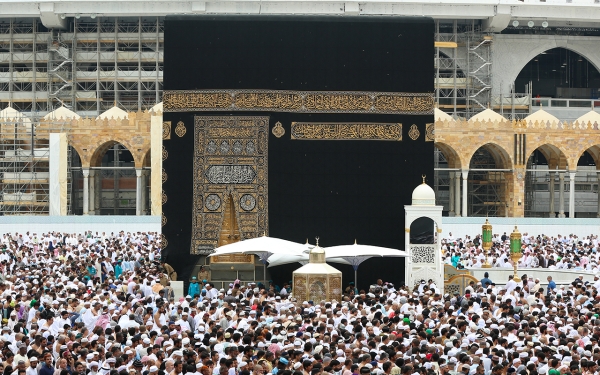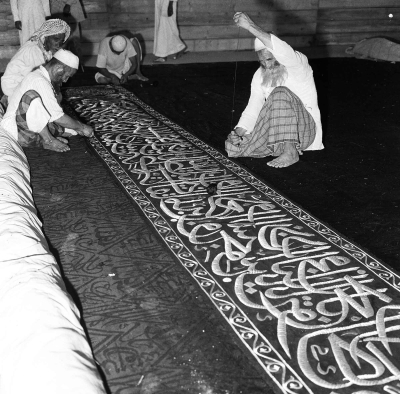

The Grand Mosque Minbar (pulpit)is a slightly higher place designated for the khatib (preacher) of the Grand Mosque, on which he ascends at noon each Friday to perform the khutbah (sermon). It is one of the most prominent features of the Grand Mosque. Its uniqueness lies in the fact that it is movable.
Many sermons and directives recited by the preachers of the Grand Mosque bore the name of this minbar. It is one of the most prominent Islamic platforms that attract interest from followers and listeners. Former General President for the Affairs of the Grand Mosque and the Prophet's Mosque, Sheikh Mohammed al-Sabil, wrote a book entitled From the Minbar of the Grand Mosque. Moreover, the General Presidency for the Affairs of the Grand Mosque and the Prophet’s Mosque issued a book called Flashes from the Minbar of the Two Holy Mosques, which was translated into many languages, after launching a Twitter account with the same name.
Location
The Grand Mosque minbar is located in its designated place in Grand Mosque, and is moved on Fridays to the imam's location. On that day, it is equipped with microphones, and the required vocal tests are conducted enough time before the khutbah (sermon).
Sound system of the minbar
The minbar's microphones are connected through a Phantom and Dynamic system, in addition to a mixing console system. It is also connected to approximately 7,700 speakers distributed in the Grand Mosque, in addition to nine sensors for the imam, six for the muezzin, five primary, and ten spare ones, under the supervision of engineers and supervisors to ensure the safety of the technical procedures required to operate the acoustics.
Origins of the minbar
The Umayyads were the first to introduce the minbar to the Grand Mosque in the year 664. The following princes continued gifting minbars to the Grand Mosque with higher quality, compared to those from the Umayyad period.
Related quizzes


